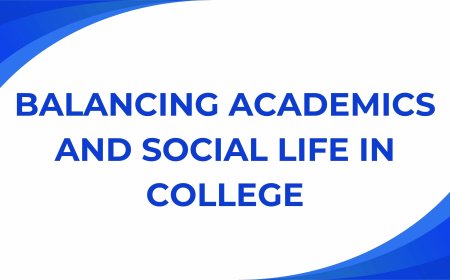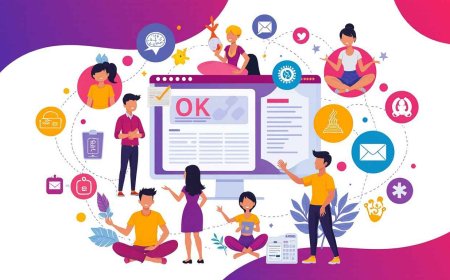How AI Enhances the Speed and Quality of Manuscript Editing
AI boosts manuscript editing by improving speed, accuracy, and consistency. Learn how it helps researchers refine content and meet journal standards.

Manuscript editing has always been a vital step in the publication process. Whether its a research paper, journal article, or thesis, clarity, accuracy, and consistency are essential for credibility and successful publication. However, traditional editing is often time-consuming and resource-heavy.
With the rise of Artificial Intelligence (AI), the editing landscape is changing fastoffering authors more speed, consistency, and precision than ever before. But how exactly does AI enhance manuscript editing, and can it truly replace human editors?
In this article, we explore how AI tools are transforming the editing process, the key benefits they offer, and where human expertise still matters most.
The Role of AI in Modern Editing
AI-powered editing tools use Natural Language Processing (NLP) and machine learning to analyse and enhance text far beyond simple grammar checks. These tools can:
-
Detect tone and structural issues
-
Identify redundancies
-
Improve academic style and fluency
-
Flag inconsistencies in terminology or formatting
Popular tools such as Grammarly, ProWritingAid, and Trinka AI are capable of handling everything from basic proofreading to complex academic and scientific manuscript editing services making them valuable assets for authors in any discipline.
Speed: AIs Biggest Strength
One of AIs most compelling advantages is speed. While human editors may take days or weeks to complete a thorough review, AI tools can provide detailed feedback in just minutes.
This fast turnaround is ideal for researchers facing tight deadlines. AI can also handle repetitive tasks like checking citation styles, flagging passive voice, or ensuring consistency across terminology saving authors precious time and allowing them to focus on content quality.
Accuracy and Consistency
In academic writing, small inconsistencies in abbreviations, terminology, or formatting can cause confusionor lead to rejections.
AI tools excel at catching these inconsistencies throughout large documents. For instance, if an acronym is introduced differently in various sections, the tool will flag the inconsistency immediately.
Unlike human editors who may become fatigued during long editing sessions, AI remains consistent and focused throughout, reducing the chance of oversight.
Tailored Edits for Academic and Scientific Disciplines
Advancements in AI now allow editing platforms to adapt to specific academic fields and journal requirements.
Some AI tools are trained specifically on academic and scientific writing, making them highly effective in:
-
Adjusting tone for technical disciplines
-
Formatting citations for APA, IEEE, or Nature styles
-
Switching between British and American English
-
Recognising preferences for passive or active voice
This discipline-aware editing helps authors meet submission guidelines with greater ease and precision.
Supporting Non-Native English Authors
Many researchers face language barriers when trying to express complex scientific concepts. AI tools assist by improving:
-
Sentence construction
-
Grammar and vocabulary
-
Overall fluency and readability
These enhancements help ensure that manuscripts are judged on research quality, not language skillcritical in the competitive academic publishing landscape.
Where AI Still Falls Short
Despite its many strengths, AI has limitations.
-
Contextual Misunderstandings: AI may misinterpret meaning in technical or nuanced writing.
-
Tone and Flow: It may suggest edits that disrupt tone or natural flow.
-
Critical Thinking: AI cannot assess argument logic, coherence, or research depth.
This is where skilled human editors shine. Their subject expertise and contextual understanding make them irreplaceable for final revisions, especially in complex academic manuscripts.
The Power of Human-AI Collaboration
The most effective editing approach today blends AI speed with human insight.
Heres how it works:
-
Initial AI Pass: Authors use AI tools to fix grammar, syntax, and style inconsistencies.
-
Human Review: A professional editor fine-tunes flow, clarity, and overall structure with a deep understanding of the subject and journal expectations.
This hybrid model produces manuscripts that are not only technically correct but also polished, professional, and ready for peer review.
Conclusion
AI has revolutionised manuscript editingboosting speed, accuracy, and accessibility for researchers worldwide. Especially in scientific writing, where precision is everything, AI helps streamline the editing process without compromising quality.
Yet, despite its power, AI isnt a complete replacement for human editors. For complex edits, tone consistency, and scholarly flow, the human touch remains essential.
By combining AI tools with expert editing services, researchers can ensure their manuscripts are clear, compelling, and publication-readywhile saving time and effort in the process.
In the evolving world of academic publishing, AI is not a threat to editors but a powerful partner in producing better, faster results.






























